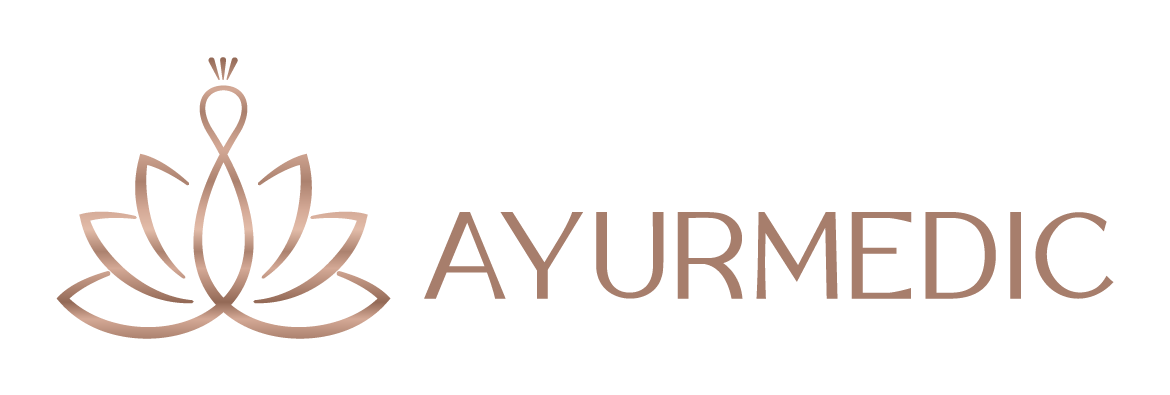A rutinok fontos szerepet játszanak az életünkben, mivel biztosítanak számunkra stabilitást és rendszert. Reggelente ugyanazok a szokások, munkába járás, étkezés, edzés – mindezek segítenek fenntartani a napi rendet. Azonban mi történik, amikor túlságosan beleragadunk a megszokott rutinkba, és már nem érezzük magunkat kihívás előtt? Hosszú távon a túlzottan kényelmes rutinképzés önbizalomhiányhoz vezethet.
A rutinba ragadt élet egyenlő a folyamatos komfortzónán belüli mindennapokkal. Azonban túlzott konformitásra és biztonságra való folyamatos törekvés elveszi a kreativitást, a lelkesedést, a lendületet és a pezsgést az életünkből, ami enerváltsághoz, fásultsághoz, érdektelenséghez és alapvető bizonytalansághoz vezet. Azaz pont az ellenkezőjét érjük el, mint amire törekedni akartunk.
1. Kényelmes csapdába esés
Ha mindent ugyanúgy csinálunk nap mint nap, hajlamosak lehetünk elveszíteni az érdeklődést, és a monotonitás miatt nem érezzük magunkat elégedettnek. Az önbizalom gyakran a fejlődésből és a sikeres teljesítményekből fakad. Ha folyamatosan ugyanabban a keretben mozgunk, akkor nem tapasztalunk növekedést, ami miatt a saját képességeinkbe vetett hit is csökkenhet.
2. Félelem a változástól
A rutinok biztonságot adnak, de ugyanakkor a változásoktól való félelem is kialakulhat bennük. Az önbizalomnak alapja a kihívásokkal való szembenézés, a komfortzónánk elhagyása és a sikeres teljesítmény. Ha túl sokáig maradunk ugyanabban a megszokott környezetben, nehezen állunk majd készen az új feladatokra, ami csökkentheti az önértékelésünket.
3. Kevesebb lehetőség a sikerélményre
A rutinok nem biztosítanak számunkra új lehetőségeket. Ha minden nap ugyanazokat a tevékenységeket végezzük, akkor nem tudjuk kihasználni a bennünk rejlő potenciált, és a sikerélményeket is egyre ritkábban éljük meg. Az önbizalom alapja, hogy folyamatosan új kihívások elé állítsuk magunkat, és sikeresen megoldjuk azokat.
Hogyan változtathatsz ezen?
A rutinok nem feltétlenül rosszak, de fontos, hogy időnként kilépjünk belőlük. Kezdj el új dolgokat kipróbálni: egy új hobbit, új sportot vagy egyszerűen egy új szokást. A sikerélmények és az új kihívások visszaadják az önbizalmad, és segítenek abban, hogy újra érezd a fejlődés örömét.
Ne hagyd, hogy a megszokott rutinok megrekedjenek az életedben! Légy nyitott az új élményekre, és építsd fel az önbizalmad a változásokon keresztül.



